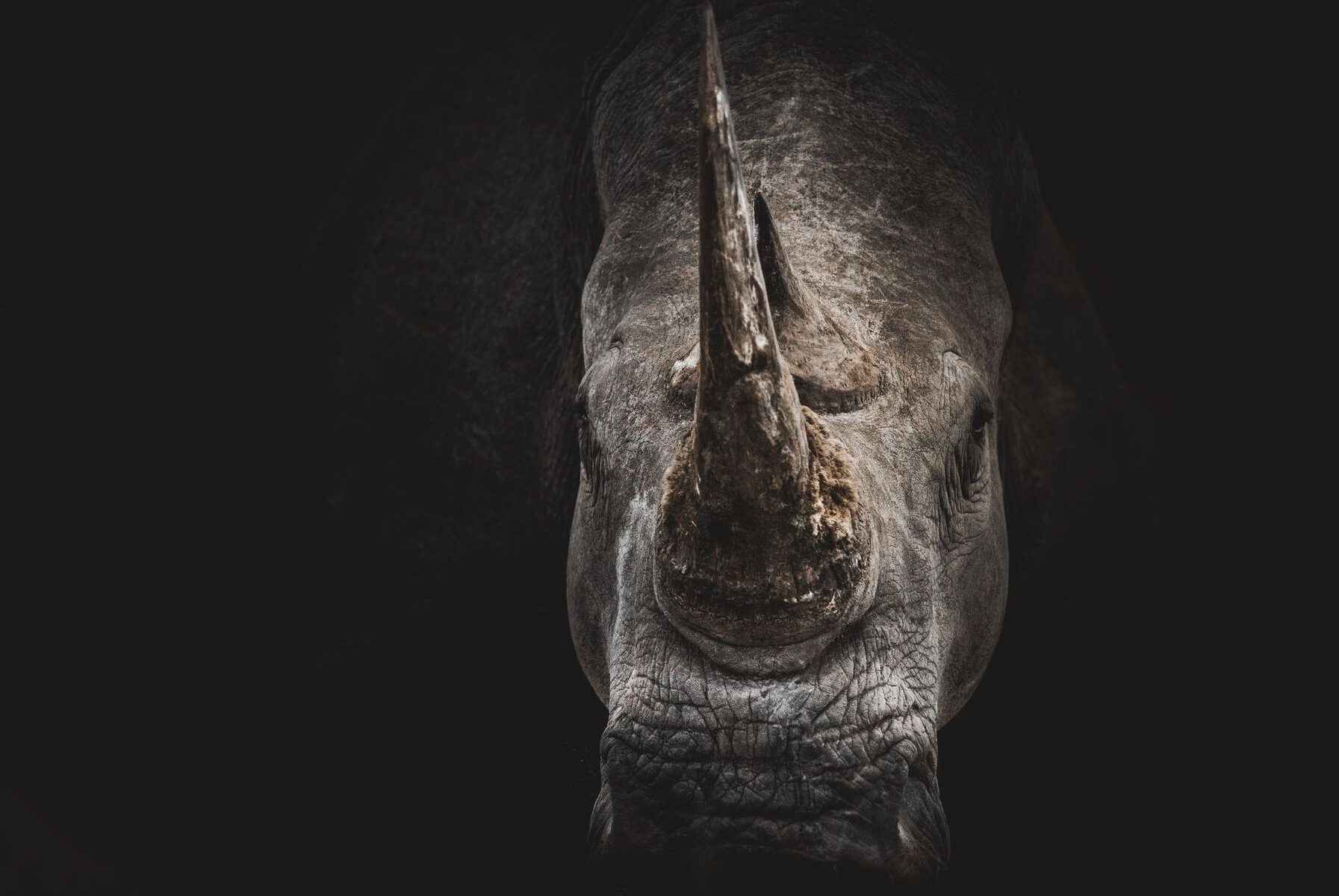EcoPerspectives Blog
Rhino Wars: Attack of the DronesA New Hope to Stop Poachers
By Robert A. McCormick, Staff Editor for the Vermont Journal of Environmental Law
May 2, 2023

The Javan Rhino is Critically Endangered
It is time to use the dark sidedrones programmed with artificial intelligenceagainst the black-market trade of rhinoceros (rhino) horns. Poachers kill rhinos to sell the horns and make money. Poachers are those who illegally hunt wildlife. The illegal wildlife trade generates approximately $4.5 billion each year.
Poachers have helped decimate various animal and fish populations. Rhinos, in particular, have suffered from illegal hunts. From 2018 to 2021, hunters illegally killed at least 2,707 rhinos. Humans continue to slaughter other creatures, leaving few non-human mammals left. As of 2018, 96% of all mammal biomass was human or livestock for humans.
One rhino population is at greater risk than any other rhino species; the Javan rhinoceros or rhinoceros sondaicus is almost completely extinct. In fact, the World Wide Fund for Nature lists the Javan rhino as the one species facing the greatest threat of becoming extinct. This makes sense given that there are only approximately 76 Javan rhinos alive as of; even “Indonesia’s Ministry of Environment and Forestry (MOEF) estimates the Javan rhino population at 76 individuals in 2022, a small increase over last year’s 75, with one birth and no deaths reported so far this year.” The Javan rhinos have existed in small numbers for many years. By 1967, there were fewer than 30 Javan rhinos left alive. “[T]he Javan rhino was confirmed extinct from the Cat Loc part of the Cat Tien National Park, Vietnam in October 2011.”
According to University of Michigan Museum of Zoology: The historical range of the Javan rhino is believed to have included southeastern areas of Asia. In the past, the Javan rhino ranged from the highest northern parts of Burma and quite possibly extended to present-day eastern Vietnam. However, it is known that the Javan species also inhabited all areas of Sumatra. It was also found in the north and northeastern region of Thailand, extending into Cambodia. It is possible that the rhino’s range included the southern Malaysian peninsula. The rhino once inhabited the majority of the Javan island. The 76 remaining Javan rhinos remain only in The Ujung Kulon National Park.
A New Hope for the Javan Rhino
The Javan rhino population needs extra support to spread its population. We must do all that we can to limit one of the gravest threats facing rhinospoachers. With only 76 left, the Javan rhino is at severe risk of being wiped off the face of this planet. There is, however, some hope because the number of Javan Rhinos has slowly increased over the years. Still, poachers pose a serious threat to rhinos.
However, there is a New HopeA.I. drones. Drones with surveillance technology can assist local rangers and communities to collect and analyze data, which can help determine threat areas and organize drone flight plans. For those of you interested, check out the Top 7 Drones to Stop Poaching. Personally, I am a big fan of the Skywalker 1800.
Analyzing hours of footage from a drone may strain limited resources for some communities. In the fight against poaching, every second counts. Rhino conservationists face a daunting task in protecting these magnificent animals from illegal hunting. That is why rhino conservationists should take after the Department of Defense’s Project Maven. This would incorporate A.I. technology with drones to analyze data about and footage of poachers. By using A.I. algorithms, drones can determine the most efficient flight paths, making it easier for rangers and conservationists to monitor large areas. This is a game-changer in the fight against poaching because it frees up limited resources that can be allocated elsewhere.
Poaching is a serious issue that has had devastating effects on wildlife populations around the world. The Javan rhino cannot afford to be slaughtered from illegal hunting. With the growing advancements in technology, it is encouraging to see the emergence of new tools and methods to combat this issue.
Help us A.I. Drones; you’re our only hope.

